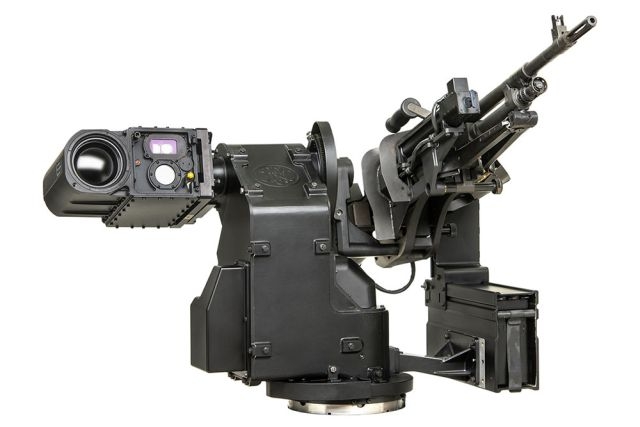Home-made Gun Used in Abe Assassination has a Unique Electronic Trigger

The gun used by the assassin of former Japanese prime minister, Shinzo Abe is a high tech do-it-yourself (DiY) gun with an electronic trigger.
The "double barrel shotgun" -as the police initially described it- seized from the assassin on the spot has two pipes taped to a handle but no magazine or a mechanism to load bullets.
According to reports in the Japanese media quoting police officials, behind the pipes are leading cables connected to batteries located at the bottom of the home-made gun.
The presense of the cable and batteries indicate their use in a trigger mechanism. However, the police has not thrown much light on how the trigger works except for saying that the weapon appears to have an electronic trigger.

The firearm was likely loaded with DIY-made ammunition in the form of gunpowder or some other chemical compound that exploded when triggered electronically.
A report in a Japanese publication said, "the ammunition must have been charged directly into the barrels."
The gun Yamagami made to shoot Abe was “designed to fire six projectiles at a time.” These projectiles were placed in small plastic shells fired from both barrels, the weapon was comparable to a shotgun, another report said.
During the search of the house of the assassin, Yamagami, security forces seized several other homemade weapons. Among them were firearms with 5, 6 and 9 barrels with similar mechanism as the weapon used in the assassination.

The 9-barrel weapon has a homemade wooden stock for stability, and the 6-barrel gun has a sight attached to the top.
Sources in the Nara prefectural police believe he had tested the weapon ahead of the attack, Japan Times reported Monday.
The sources also said multiple wooden boards, measuring around 1 square meter each, with holes apparently made during weapon testing were found in Yamagami’s car.
The suspect has said an aluminum-covered tray found in the vehicle was used to “dry gunpowder,” according to the sources. Yamagami was also quoted as saying he had attempted to make a bomb and he appears to have gone through a process of trial and error to produce such a device.












